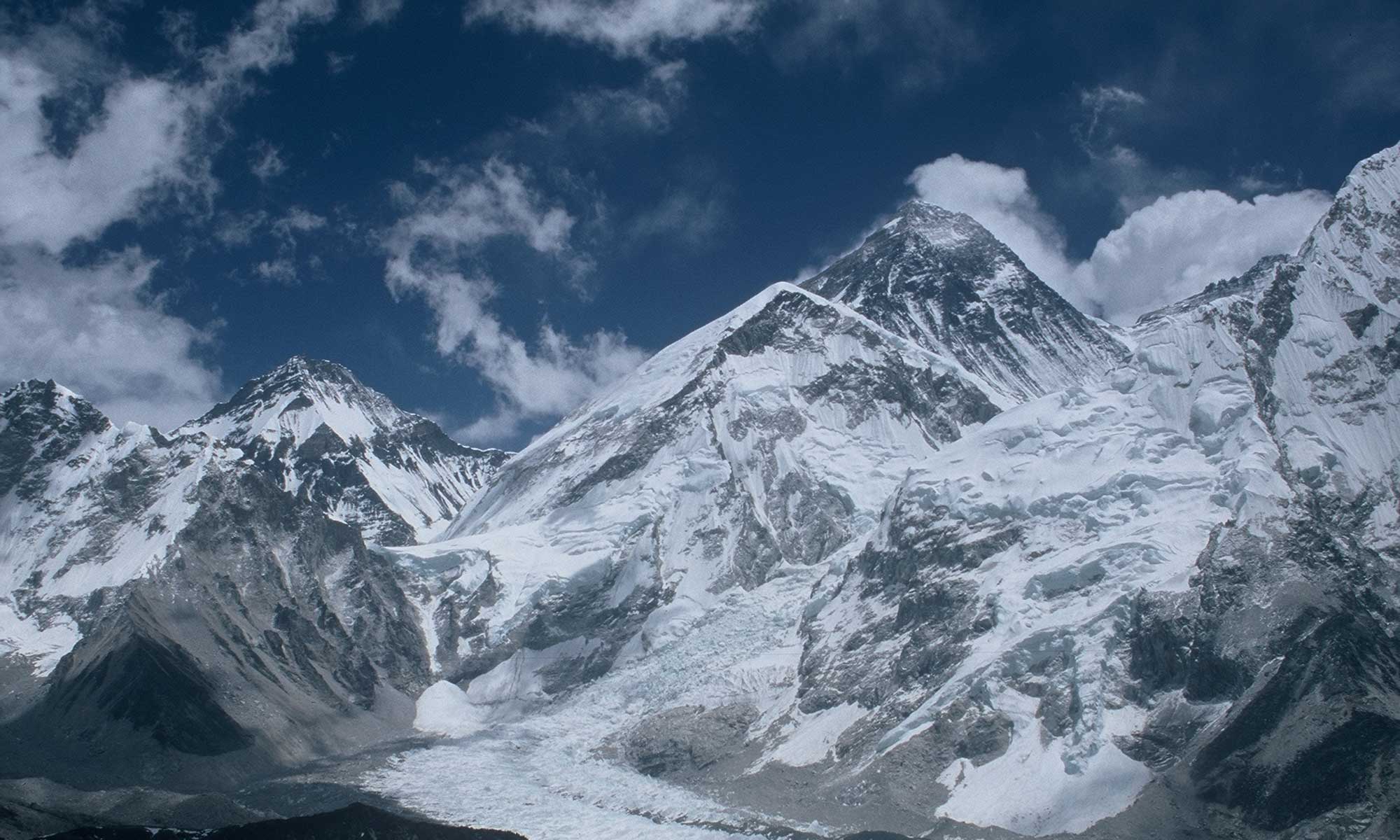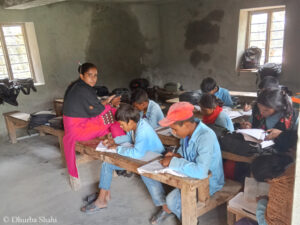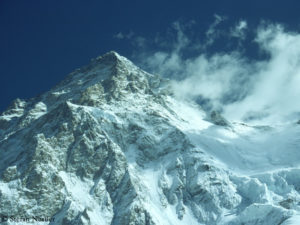“Ermanno was considered the strongest climber in Patagonia, with good reason. For decades (he was) the great protagonist in South America. There is no doubt about that. He excelled in every terrain, braved the worst storms, adapted to every situation and never gave up.” That’s what top Italian mountaineer Hervé Barmasse wrote on Instagram about his late compatriot Ermanno Salvaterra, who had made headlines on the international scene mainly for his climbs in Patagonia.
On Friday, Salvaterra had died on Campanile Alto, a 2,937-meter-high Dolomite mountain in the Brenta massif, in a 20-meter fall at around 2,750 meters. The 68-year-old mountain guide had been leading a client who remained unharmed. Mountaineering legend Reinhold Messner pointed out that the Brenta massif had been the “true home” of the victim of the accident. “A handhold must have given way: A Salvaterra doesn’t normally fall there,” Messner said. The 78-year-old spoke of a tragedy. Salvaterra had been “a truly outstanding figure in alpinism,” Messner said.
Continue reading “Climbing scene mourns the death of the “Torre man” Ermanno Salvaterra”






